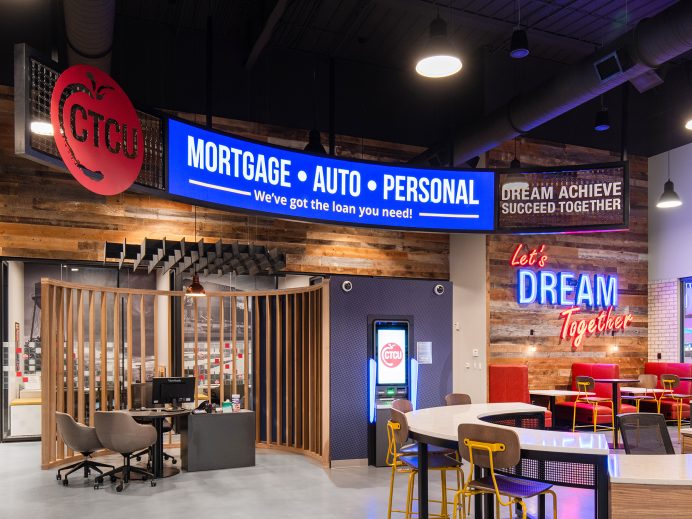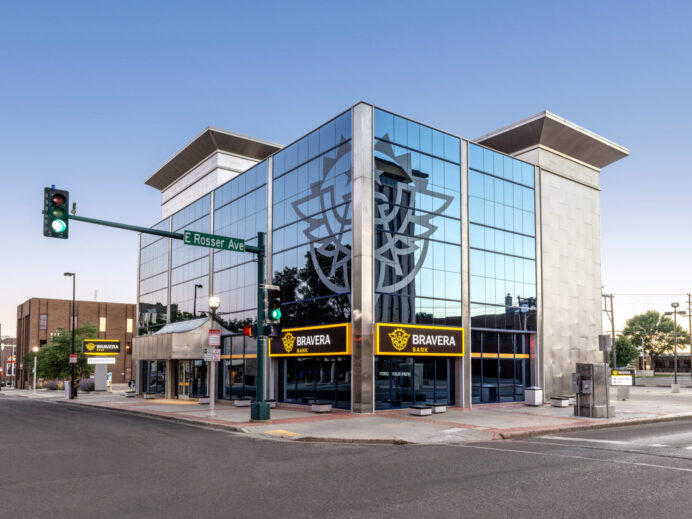
Insights from around the globe were shared, all experiencing similar challenges but differing in the degree of disruption.
Digital disruption is occurring in every industry. In 2016, we spent a day at the Retail Bank of the Future Summit, hosted by Bain & Company, evaluating the disruption in the retail banking landscape and presented our insights on the physical to digital migration in banking. This international consulting firm’s financial services practice has marquis clients from around the world who come together in the spirit of open collaboration to share their successes and challenges in adapting to an ever-shifting dynamic in retail banking – mainly, how digital technology is shaping banking’s reality now and into the future.
Through such a global representation, participants hear first-hand accounts of how banks deploy strategies to address the customer journey. What’s interesting to learn is that there is a great deal of variability across the globe regarding digital adoption. In terms of transitioning from physical to digital, some parts of the world are living in the future, others are still in the past, and here in the U.S., banks existing squarely in the present. In short, regardless of a position along the digital continuum, branch banking is not dead; it’s just different.
The Digital Challenge
While branch banking is still very much alive, though different, we don’t want to give the impression that those who are stagnant in the face of digital disruption won’t bear the cost of standing still. Just take a look at Blockbuster as an example of a company that did nothing in the face of an up-and-coming challenger in the video rental space. A company that had been the goliath in its sector since 1985 was brought down in less than 10 years, because it refused to change its model, despite every warning sign that consumer preferences for convenience were shifting the very ground beneath Blockbuster’s feet.
Understanding that disruption is taking place is the first step toward preparing for it. While we are in the midst of the disruptive era, it’s important to understand that the U.S. is only at about 1% digital saturation thus far, and most of that is in digital payments. What that means for banking structures in the U.S. is that there are many changes to come, some of it predictive from other areas of the globe that are living in our future state, like China.
While consumers are doing more of their banking online, consumer demand for traditional branch banking services remains significant, and not something that banks can afford to ignore in all their enthusiasm to embrace digital. Importantly, one-third of consumers still prefer branches for most of their banking, according to 2015’s “Reinventing U.S. Retail Banking” by Kurt Salmon. It’s the more sensitive, valuable financial transactions that consumers prefer to conduct in-person within the branch setting.
While it is true that the U.S. is seeing an overall decline in branch banking, bank branches opening in the top U.S. cities is actually on the increase between 2% and 17% over the past five years. What this means is that overall more banks are closing more branches than they open, but for those keeping their branches, banks are reenergizing the branch environment and moving those branches to more concentrated population centers.
Branch Banking’s Halo Effect
While digital technology adoption is a must for banks across the U.S., it’s also critical to understand that there is increased activity in all other channels when a bank branch has high visibility in key markets. According to the Guardian’s article about Nationwide bank, when the bank opens a new branch, the number of people using its smartphone app in the area “increases considerably.” This halo effect is key to growing business where it means the most – in populous urban centers.
Adrenaline is a brand experience company that creates and implements end-to-end branded experiences through creative and environmental design. We enhance our clients’ customer experiences across digital and physical channels, from their branding and advertising to design and technology in their spaces. After transforming an organization’s brand, Adrenaline extends it across all touchpoints — from employees to the market to in-store environments. And, we focus on serving industries that sell human experiences including financial, healthcare, sports and entertainment.





